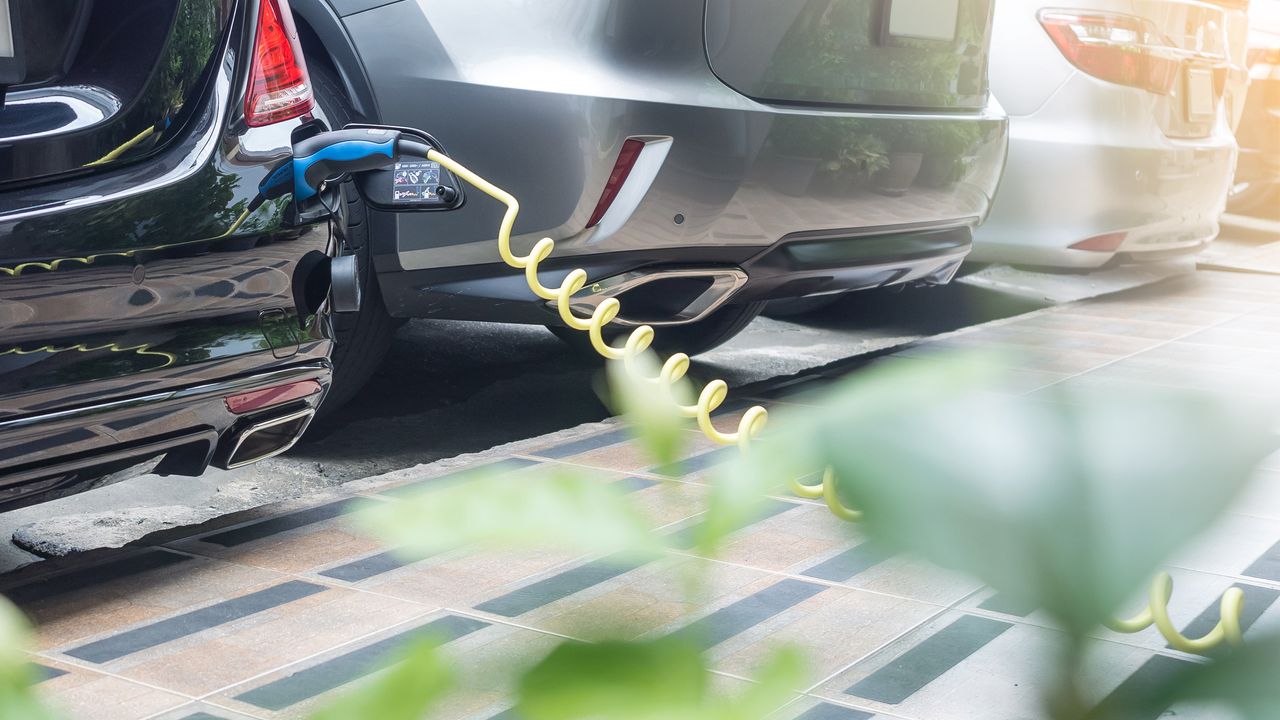Fast Charging vs. Slow Charging for Electric Vehicles: Which is Better?
As electric vehicles (EVs) become increasingly popular, one of the key considerations for EV owners is the charging time. The time it takes to charge an EV depends on several factors, including the charging station power output, the level of charging, and the type of charging connectors used. In this article, we will explore the differences between fast charging and slow charging for electric vehicles.
Charging Station Power Output
The power output of a charging station plays a crucial role in determining the charging time for an electric vehicle. Fast charging stations, also known as Level 3 or DC fast chargers, have a higher power output compared to slow charging stations, which are typically Level 2 chargers.
Fast charging stations can deliver a significantly higher amount of power, allowing EVs to charge at a much faster rate. These stations are usually found at public charging stations or along major highways, where EV owners can quickly top up their vehicles’ batteries during long journeys. However, it’s important to note that not all EVs are compatible with fast charging, so it’s essential to check your vehicle’s specifications before using a fast charging station.
On the other hand, slow charging stations, or Level 2 chargers, are commonly found at homes, workplaces, and other locations where EVs are parked for an extended period. These chargers have a lower power output compared to fast chargers, but they are still capable of charging an EV overnight or during the workday. Slow charging is ideal for situations where you have ample time to charge your vehicle and don’t require a quick top-up.
Level 2 Charging
Level 2 charging refers to the use of a charging station that provides power at a rate of 240 volts, which is higher than the standard household outlet. This type of charging is significantly faster than using a regular outlet, but it is slower than fast charging. Level 2 chargers are commonly installed at homes, workplaces, and public charging stations.
Level 2 chargers require a specific charging connector, known as the J1772 connector, which is compatible with most electric vehicles. This connector provides a secure and reliable connection between the charging station and the vehicle, ensuring efficient and safe charging. Many EV owners choose to install a Level 2 charging station at home to take advantage of faster charging times compared to using a standard household outlet.
Charging Connectors
Charging connectors play a vital role in facilitating the charging process for electric vehicles. Different types of connectors are used for different charging levels and regions. The most common types of connectors include the J1772 connector, CHAdeMO connector, and CCS (Combined Charging System) connector.
The J1772 connector is the standard connector for Level 2 charging and is widely used in North America. It provides a reliable connection and is compatible with most electric vehicles available in the market. The CHAdeMO connector, on the other hand, is used for DC fast charging and is commonly found in Asian and European markets. The CCS connector combines AC and DC charging capabilities, making it suitable for both Level 2 and fast charging.
When choosing a charging station or planning a long journey, it’s important to consider the availability of charging connectors along your route. Some EVs are equipped with multiple charging connectors, allowing them to be compatible with different types of charging stations.
Conclusion
Fast charging and slow charging both have their advantages and are suited for different situations. Fast charging is ideal for quick top-ups during long journeys, while slow charging is more suitable for overnight or extended charging periods. The power output of the charging station, the level of charging, and the type of charging connectors used all play a significant role in determining the charging time for an electric vehicle. Ultimately, the choice between fast charging and slow charging depends on the specific needs and preferences of the EV owner.
